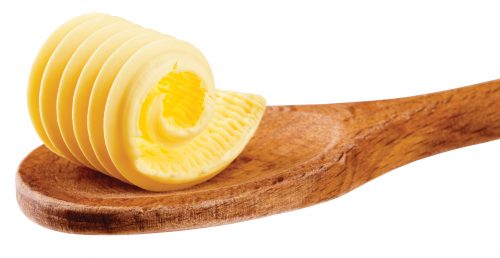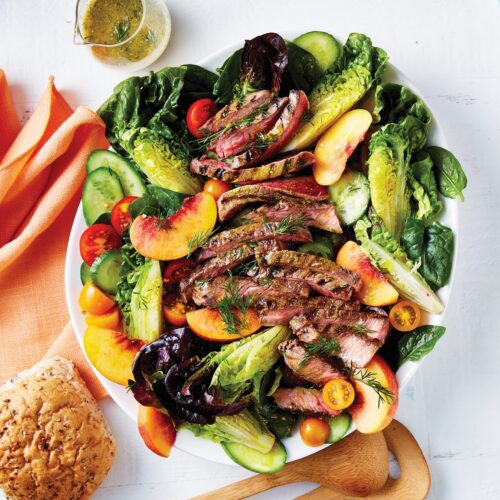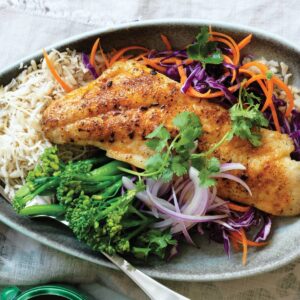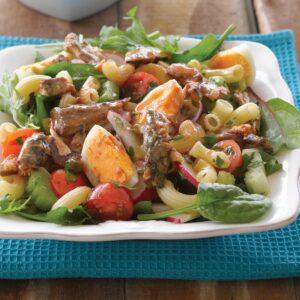
Q: I have recently read that I should be using organic butter instead of regular butter or spread. What do you recommend?
Dave
A: HFG nutritionist Claire Turnbull responds:
Butter is basically made by churning cream to separate the fat part from the liquid, which results in butter and buttermilk being produced. The difference between organic butter and non-organic butter is just that organic cream is used rather than standard cream. The energy and fat content is no different — it just means that it has been produced from cream has been sourced from a cow which has been raised and fed on organic pastures. Your selection on whether to go organic or not when it comes to food comes down to personal choice. Organic butter may be difficult to find, however.
Many people still have far too much saturated fat in their diets which is strongly linked to heart disease and butter, be it organic or not, is still very high in saturated fat. At Healthy Food Guide we recommend that if you do use butter, you use very small amounts of it and that ideally, it is better to be using a spread made from healthier fats (such as a canola, olive or rice bran oil based spread) and/or using avocado or nut butters as a spread instead.
www.healthyfood.com










